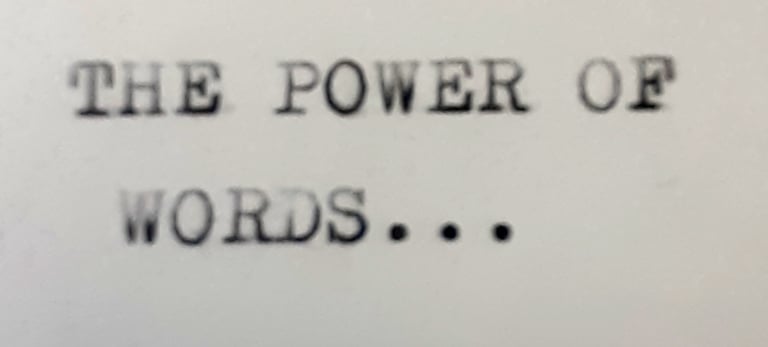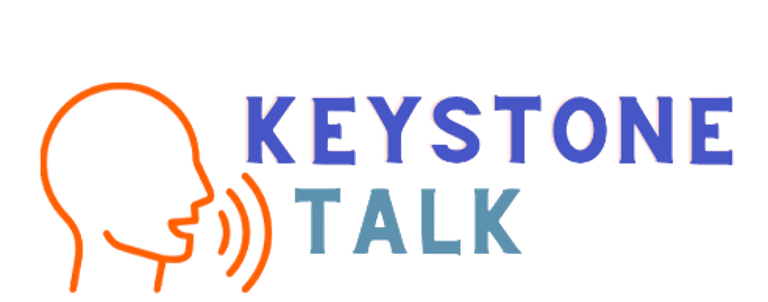Why speeches & panel discussions?
Simply put, I always believed words have the power to inspire, provoke thought, and resonate with others. It is precisely through our perspectives and experiences that broad contexts like “identities and relationships” can be deeply “felt”, and it is the act of sharing these insights when making speeches and partaking in panel discussions that allow these contexts to be spread and brought to life.
简而言之,我一直相信演讲有着引发思考并与他人产生共鸣的强大力量。正是通过分享这些独属于我们的见解,这些全球化概念才得以跃然纸上。






Rhetoric Devices 🎤
We inspire speakers to enhance their craft by integrating rhetorical devices. This not only adds flair to their speeches but also aligns with the IB MYP Criterion C in terms of creativity and effective communication. By thinking along these lines, speakers can continue to explore and build upon their articulation of language and self expression.
Anaphora
"Anaphora is the repetition of a word or phrase at the beginning of successive clauses, which emphasizes and creates rhythm."
Example: "We will fight for... We will strive for..."
Metaphor
"A metaphor creates a direct comparison between two unrelated things to highlight a particular quality."
Example: "Time is a thief."
Simile
"A simile is a comparison using 'like' or 'as' which makes descriptions more vivid."
Example: "Her smile was like sunshine."
Alliteration
"Alliteration is the repetition of consonant sounds at the beginning of words, adding a musical quality and making phrases more memorable."
Example: "Peter Piper picked a peck of pickled peppers."
Antithesis
"Antithesis is the juxtaposition of contrasting ideas in a balanced structure, highlighting differences."
Example: "It was the best of times, it was the worst of times."
Anecdote
"An anecdote is a short, personal story that illustrates a point, engaging the audience emotionally and making abstract ideas relatable."
Rhetorical Questions
"Rhetorical questions are posed for effect and do not require an answer; they provoke thought and engagement."
Example: "Have you ever wondered why...?"
Parallelism
"Parallelism is the use of similar structures in a series of phrases or clauses, creating rhythm and clarity."
Example: "To err is human; to forgive, divine."
Hyperbole
"Hyperbole consists of exaggerated statements not meant to be taken literally, used for emphasis."
Example: "I'm so hungry I could eat a horse."
Chiasmus
"Chiasmus is a reversal of structure in two phrases or clauses."
Example: "Ask not what your country can do for you—ask what you can do for your country."
Epistrophe
"Epistrophe is the repetition of a word or phrase at the end of successive clauses."
Example: "Where now? Who now? When now?"
Asyndeton
"Asyndeton is the omission of conjunctions between clauses, creating a sense of urgency or speed."
Example: "I came, I saw, I conquered."
Polysyndeton
"Polysyndeton is the use of multiple conjunctions in succession to slow down the rhythm."
Example: "We have ships and men and money and stores."
Ethos, pathos, logos
Ethos is the appeal to ethics, Pathos is the appeal to emotion while Logos is an appeal to logic and reason
Aposiopesis
"Aposiopesis is a sudden break in speech, often representing emotion or an unfinished thought."
Example: "I can't believe you did that... I just can't..."
Synecdoche
"Synecdoche is a figure of speech where a part represents the whole or vice versa."
Example: "All hands on deck" (where 'hands' represents sailors).
Metonymy
"Metonymy is a figure of speech where one word or phrase is substituted with another closely associated with it."
Example: "The White House issued a statement" (where 'The White House' refers to the U.S. President and their administration).
Antimetabole
"Antimetabole is the repetition of words in successive clauses, but in reverse order."
Example: "You can take the boy out of the country, but you can't take the country out of the boy."
Imagery
"Imagery refers to descriptive language that appeals to the senses, helping the audience visualize concepts."
Personification
"Personification is attributing human characteristics to non-human entities."
Example: "The wind whispered through the trees."
Check out the rhetoric device mind map made by the Keystone Talk Team below:


